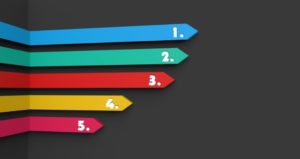Prompts That Get Students to Analyze, Reflect, Relate, and Question
A simple teaching technique that helps students learn; now there’s something few teachers would pass up! This particular technique involves a four-question set that gets students actively responding to the material they are studying. They analyze, reflect, relate, and question via these four prompts:



